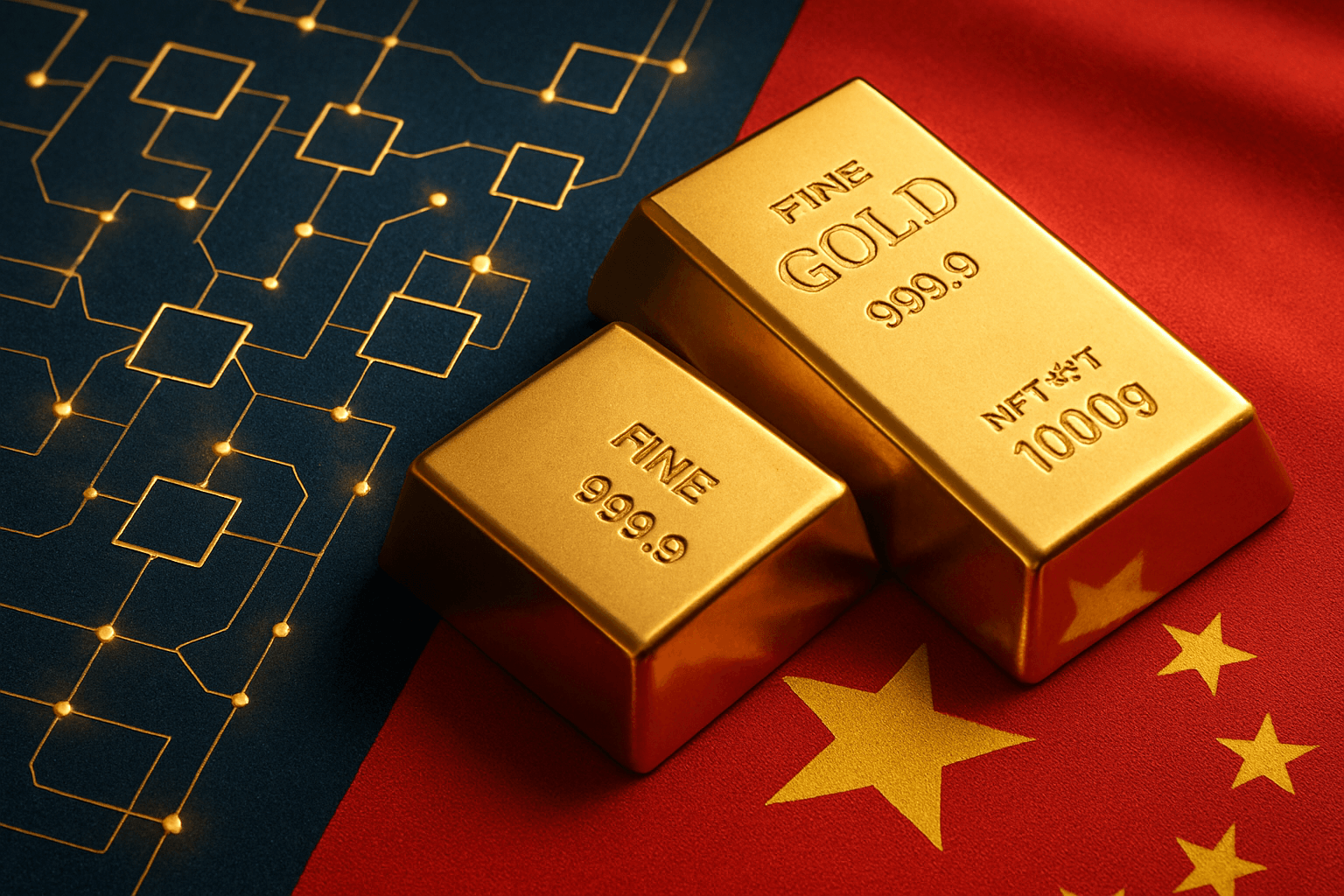Blog
China Uses Blockchain and Gold to Bypass SWIFT — And It’s Working

While most countries are still debating whether blockchain is “innovative” or “risky,” China has already turned it into a tool of geopolitical strategy. Quietly and methodically, Beijing is building a new financial architecture that could reshape the global balance of power.
What It Means to “Bypass SWIFT”
SWIFT is the global network for international payments—the system through which almost every transfer in dollars passes. It is controlled by the West, and especially by the United States.
This gives Washington a powerful tool:
it can exclude countries (as it did with Iran and Russia),
it can monitor and block transactions,
and it can use the financial infrastructure as a political weapon.
China sees this not only as a risk, but also as an opportunity — to build an alternative.
Enter: Blockchain and Gold
First, blockchain technology.
It enables transactions without a central authority — transparent, secure, and verifiable. But China isn’t relying on public networks like Bitcoin or Ethereum. It’s developing its own infrastructure, known as the Blockchain-based Service Network (BSN).
BSN isn’t a hobby project — it’s a state-backed system linking banks, corporations, and government institutions into one digital ecosystem.
Then comes gold.
While the West trades paper assets and digital derivatives, China has been buying physical gold at record pace. The combination is powerful: a technology for transferring value, backed by an asset that embodies trust.
Gold on Blockchain: The Modern Gold Standard
Imagine a digital system where every unit of value is backed by real gold stored in vaults — ownership recorded on a blockchain.
That’s China’s vision: a digital payment network built on tangible stability yet free from dollar dependency.
Beijing is already experimenting with gold-backed tokens for international trade, especially among BRICS partners.
Why This Worries the United States
U.S. financial dominance relies on the dollar’s status as the world’s reserve currency.
If nations start trading using digital yuan, tokenized gold, or blockchain-based assets, the dollar loses its monopoly as a global intermediary.
This would allow China to pay for oil, raw materials, and tech imports without a single U.S. dollar, without SWIFT, without Western approval — and without the reach of sanctions.
The Lesson
China is proving that blockchain isn’t just for crypto enthusiasts or speculative traders. It’s an instrument of financial sovereignty — and even more, a weapon of economic diplomacy.
By pairing it with real-world assets like gold, Beijing creates a blend of trust, control, and technological leverage that even decentralized cryptocurrencies can’t replicate.
What Comes Next
While the West still argues over regulation and classification, China is already transacting in blockchain-based value — on its own terms.
It’s not betting on decentralization but on a state-controlled digital ecosystem — and it’s working.
In a few years, when headlines start talking about the “new BRICS blockchain payment system,” many will realize the first move was made long ago — when China combined gold and blockchain to quietly step around SWIFT and the dominance of the dollar.